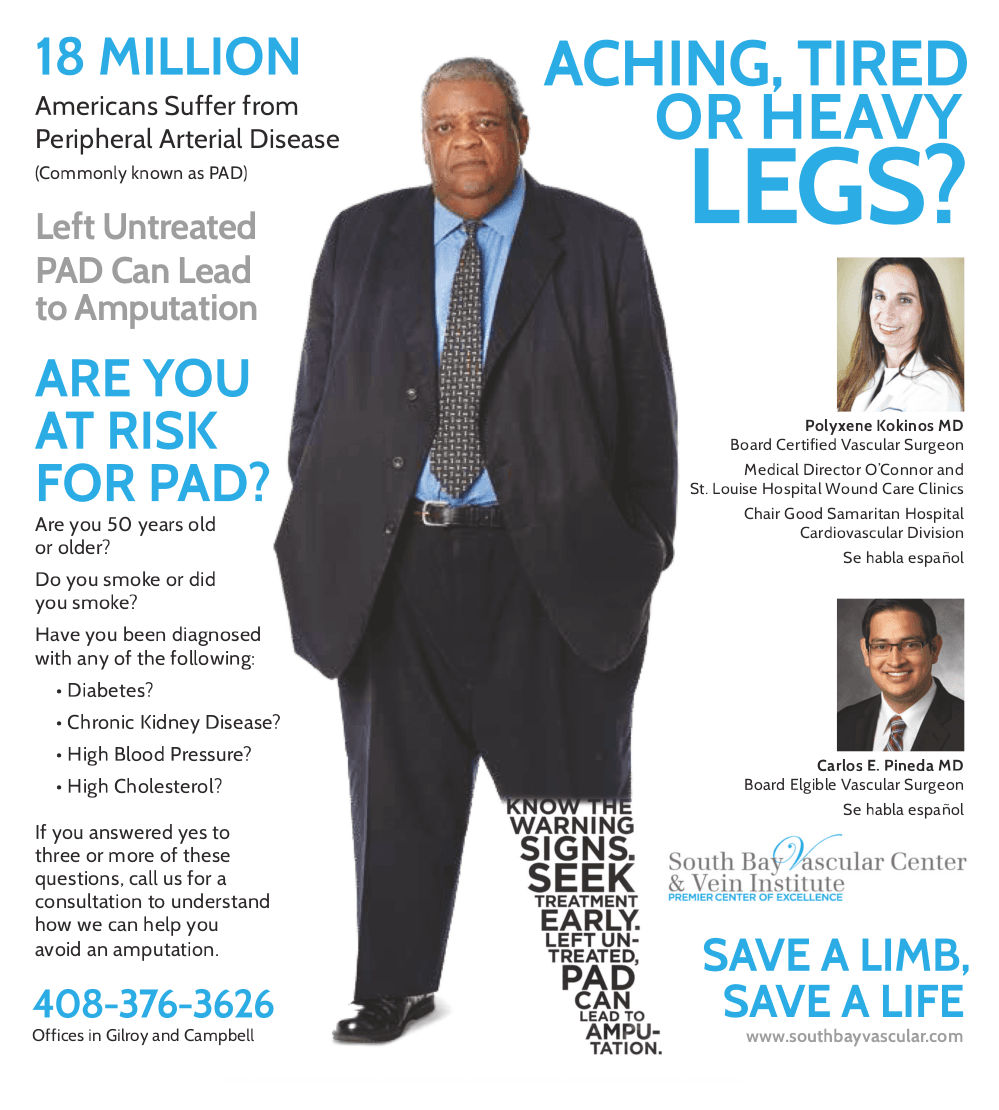Over the past month, I have discussed why venous and arterial disease as well as Raynaud’s Syndrome may cause pain in the feet and toes at night. Today, I want to discuss another one of the most common causes I see in my clinic for pain in the feet at night: Diabetic foot disease.
Interestingly, diabetes mellitus has Greek etiology and literally means sweet (mellitus) urine (diabetes). Diabetes is a condition in which the body loses its ability to limit the amount of sugar in the blood. The high concentrations of sugar result in the formation of harmful chemicals that can hurt the eyes, kidneys, and nerves all around the body, especially in the feet. Once the sugar levels become high enough, they overload the kidneys—the organ that creates urine—and sugar overflows into the urine, hence the Greek etiology of diabetes mellitus.
Diabetes causes pain in the feet via two main pathways: Neuropathic pain and pain from ulcers.
Neuropathic Pain:
For neuropathic pain, the high blood sugar levels damage the small nerves in the feet responsible for sensation. As a result, patients often complain of burning, cramping, tingling, and at the very worst end of the spectrum, numbness. Sometimes only the toes have these symptoms, but often times the symptoms can encompass the entire foot!
Ulcerative Pain:
The way diabetes results in the formation of ulcers is multifactorial.
- First, the damage to the nerves can result in numbness or lack of sensation. Thus, when a person injures their foot, that person does not feel it and protects it from further injury.
- Second, in addition to damaging the nerves responsible for sensation, diabetes also damages the nerves that innervate muscles responsible for moving. The damage to the muscle nerves occurs in such a way that irregular contractions of muscles within the foot push the bones of the foot outward creating pressure points that ulcerate easily. Once the ulcer is formed, infection of the ulcer or exposure of the raw tissues beneath the skin can cause pain. In patients who otherwise have numb feet, an infection can spread to an area that does have sensation and cause pain there.
Given that diabetes is so common, patient education is vitally important to those impacted by this disease. If you or anyone you love suffers from diabetes, my hope is that this blog will help you to better understand some of the underlying factors that may be contributing to your foot pain at night. As a rule of thumb, always remember to share with your primary care physicians all symptoms of pain that you experience during your regularly scheduled appointments and if you think your condition may be getting worse, please do not hesitate to call my office to schedule an appointment for a second opinion! We can help.
408-376-3626
Dr. Ignatius H. Lau
Vascular Surgeon
Dr. Ignatius Lau grew up in Portland, Oregon. He attended the University of Washington in Seattle for college and Stony Brook University in Long Island for medical school. He then went on to train in vascular surgery at Mount Sinai Hospital in New York City. During his time in New York, he performed over 1600 cases involving aortic, peripheral, venous, and carotid surgery. He has a special interest in limb salvage and treating patients with peripheral arterial disease and has extensive training and experience in treating the full spectrum of vascular diseases. Dr Lau was also very active in medical research during his training, ultimately finishing with twelve peer reviewed manuscripts. During his training in New York he met his wife, Lisa, who is a practicing endodontist. Together they love to hike, try new restaurants, and travel.
To see what our patients are saying about us, follow the link below to read our reviews.
